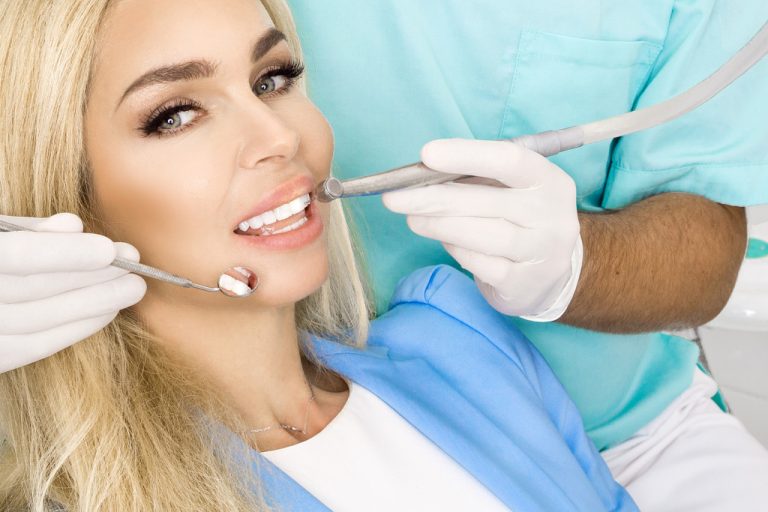Dentistry in the United States is an essential field, both for people’s health and the economy. It contributes about $109 billion to the economy, and it’s one of the most significant segments in the world, and this amount of power and funding comes from advancements in the field.
Dentistry is a field that is constantly growing and changing. It’s one of the most rapidly advancing medical industries today. It’s partly due to the constant innovations researchers and scientists achieve. Here are five of the most recent advancements in dentistry.
Artificial Intelligence
AI seems to be the buzzword of the 21st century, but it’s not only a buzzword. It’s quickly becoming a reality in many aspects of our lives, and dentistry is no different.
The history of artificial intelligence can be traced back to the 1950s when Alan Turing proposed what is now known as the Turing test. The test is a way of determining whether or not a machine is intelligent. In order to pass the test, a machine must be able to fool a human into thinking that it is also a human.
This proposal was groundbreaking, as it showed that it might be possible for machines to think like humans. However, it was not until the late 1980s and early 1990s that artificial intelligence began to be taken seriously as a field of study.
Today, artificial intelligence is used in many different industries, including dentistry. Some of the ways that AI is being used in dentistry include computer-aided design (CAD) and computer-aided manufacturing (CAM). These tools allow dentists to create dental prostheses, such as crowns and bridges. AI helps to ensure accuracy and precision in the finished product.
AI can help correct things that dentists might miss out on, and it’s one of the most significant scientific advancements in the field.

3d Printing
3d printing technology has been around for a few decades now, but it’s only recently that it has become more affordable and accessible to the general public.
This technology is often used in manufacturing and engineering, but it is also used more and more in dentistry. 3d printing work by building up objects layer by layer from a digital file. This means that traditional manufacturing methods can create complex shapes that would otherwise be impossible to make.
3d printing is used to create dental implants, prostheses, and even teeth. It may even be possible to print an entire mouthful of teeth in the future.
This technology is still in its early stages but has excellent potential for use in dentistry. For example, implants used to take at least a week for preparation. However, with the combination of CAD-CAM, and 3d printing, same-day tooth implants are now possible. The orthodontist can create an image of the implant, print it using the 3d printer, and do the process in under thirty minutes. It’s truly a remarkable breakthrough in the field.
Lasers
Lasers have been used in medicine for a long time, but they are only now used more frequently in dentistry.
Lasers are often thought of as being more precise than traditional methods, and they can also be less painful for patients. Therefore, it makes them an ideal choice for many dental procedures.
In the future, lasers may even be used to drill holes in teeth. It would be much less invasive than traditional drilling methods and cause less pain for patients. However, the most significant advancement lasers have brought into the field is the lack of blood during dental procedures. It’s a huge breakthrough, and it’s something that patients are going to appreciate.
Biomaterials
Biomaterials are materials that can interact with living tissue. They have a wide range of uses, including in dentistry.
One of the most common biomaterials used in dentistry is titanium. Titanium is often used to create dental implants because it is strong and durable. It is also biocompatible, which means that it does not cause an allergic reaction in patients.
Another common biomaterial used in dentistry is composite resin. Composite resin is a type of plastic used to fill cavities. It also creates dental prosthetics, such as crowns and bridges.
In the future, dentists may develop more advanced biomaterials to help repair or replace damaged teeth. It can be a huge breakthrough, as people can have sturdier teeth without needing to maintain them yearly.
Dentistry is a constantly growing and changing field, and it’s bound to reach some more advancements in the future. The five we’ve mentioned here are just a few of the most recent ones. However, they’re already having a significant impact on the industry and will revolutionize dentistry even further in the future.

